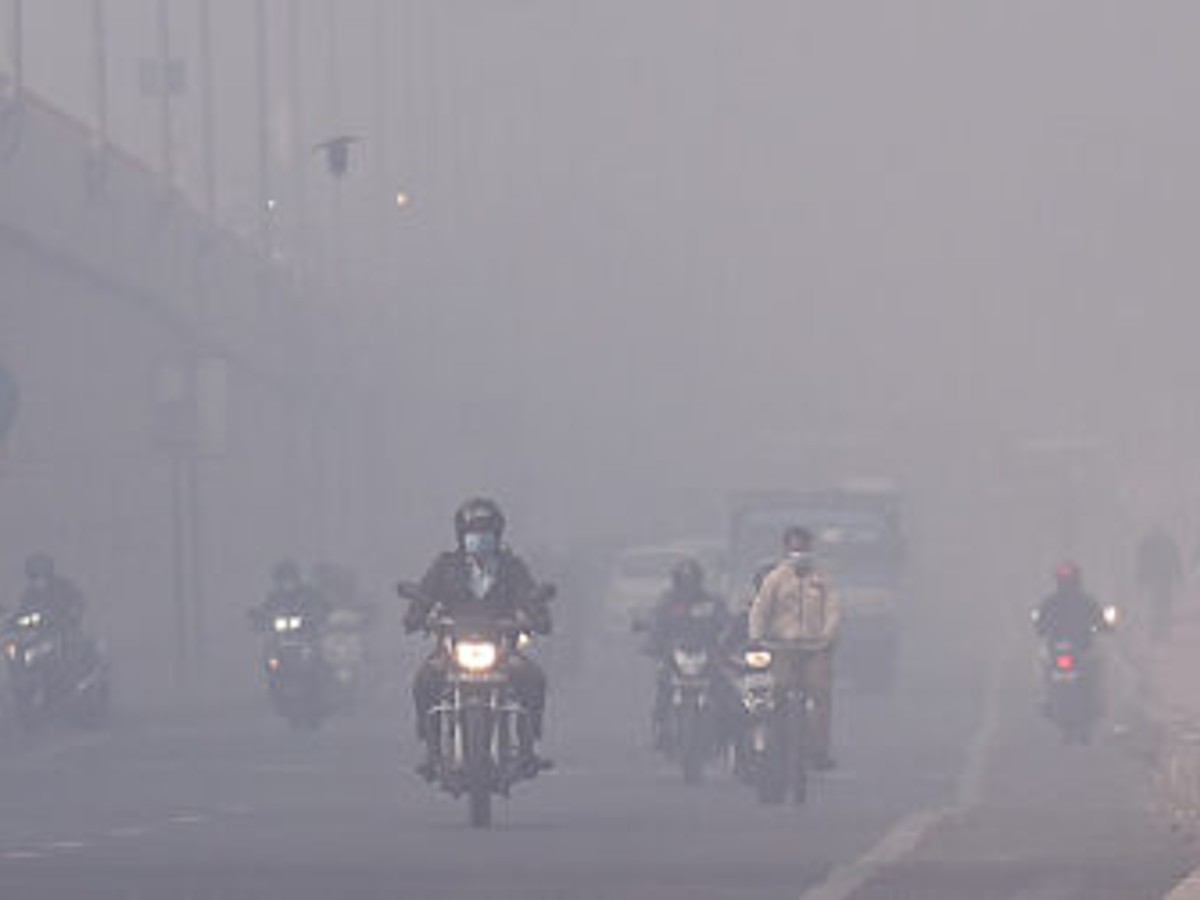A recent study indicates that Delhi is grappling with alarming levels of nanoparticles in its urban air, particularly in areas close to roadways, directly linked to emissions from vehicular engines. Published in the journal Urban Climate, the research focused on Bawana Road in northwest Delhi, a high-traffic route connecting Delhi to Rohtak in Haryana.
Nanoparticles, tiny particles ranging from 10 to 1000 nanometers (nm) in diameter and invisible to the naked eye, pose a greater risk to human health due to their significantly smaller size compared to PM 2.5 or PM 10. Measuring 600 times smaller than a human hair, these particles can deeply penetrate the lungs, bloodstream, and even the brain.
The study was conducted by a team that included researchers from the Delhi Technological University and the Physical Research Laboratory in Ahmedabad. Bawana Road, characterized by educational institutions, residential areas, and commercial zones, experiences high pollution levels primarily due to vehicular emissions, although other sources such as biomass burning, winter residential heating fuel, and firework events contribute as well.
The research spanned two periods: Period I from April 1, 2021, to June 30, 2021, and Period II from October 3, 2021, to November 30, 2021. Examining various sizes of nanopollutants and considering factors like vehicular density and weather conditions, the study concluded that nanoparticle concentrations in urban roadside microenvironments fluctuate with variations in human activities, particularly those induced by vehicle emissions.
Nanoparticles in the size range of 10 to 1000 nm, directly linked to vehicular engine exhaust, were found to be more prevalent in roadside areas. During periods of high wind speed, these particles dispersed into the surrounding regions near the road, potentially increasing exposure to nearby residents.
Rajeev Kumar Mishra, an Assistant Professor from the Department of Environmental Engineering at Delhi Technological University, emphasized that in urban areas, ultrafine particles can constitute up to 90% of the total nanoparticle concentrations in the atmosphere. He highlighted that individuals working or residing close to roads, including police personnel, street vendors, drivers, motorcyclists, delivery personnel, and the urban poor, are more vulnerable.
The study also observed a 31% reduction in nanoparticle concentration during Period I, coinciding with the COVID lockdown, when vehicular movement was restricted. In contrast, during Period II, which followed Diwali, particle concentration increased by 35% due to elevated vehicular and firecracker emissions.
The research aims to pinpoint nano pollutants emitted from transportation sources, particularly emphasizing the impact of vehicular emissions. During lockdowns, when vehicular activity decreased, the study identified a notable reduction in nanoparticle concentration, reinforcing the significant contribution of transportation sources to air pollution. The study recommends developing policies based on particle concentration, especially during peak hours, to address air pollution and its impact on public health, paving the way for a sustainable future.
(With PTI inputs)





